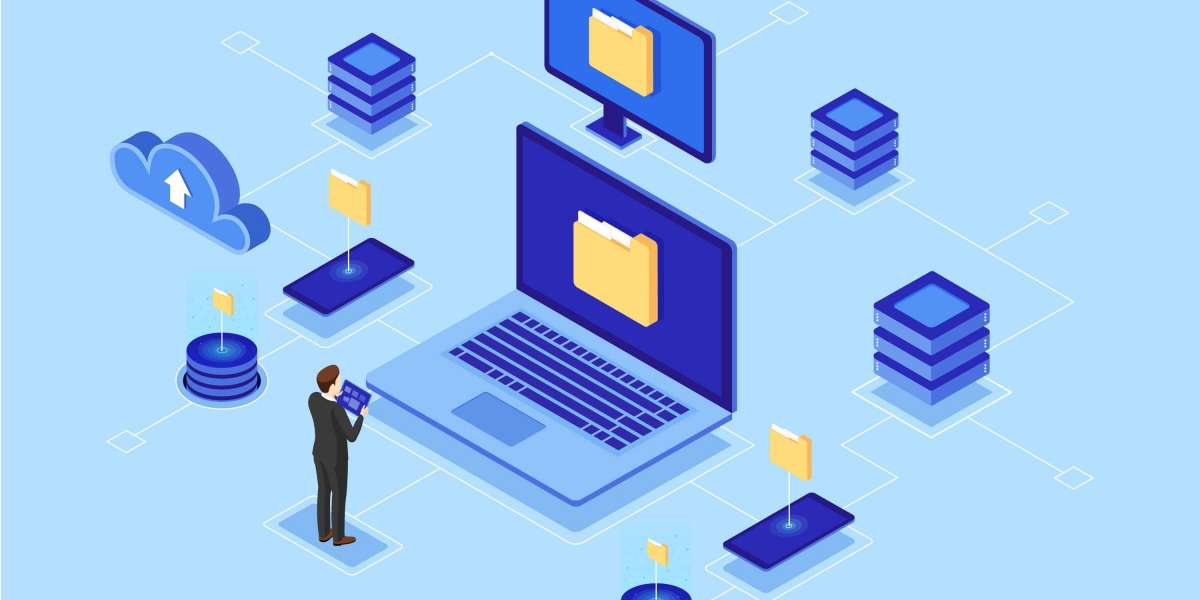Electronic Data Interchange (EDI) has become mandatory to maintain trading partner relationships. It maintains digital connectivity, which is crucial to attaining higher productivity and agility in this fiercely competitive era. Companies worldwide, be they large, medium, or minor, are looking forward to adding, modernising, and expanding their EDI communication and software.
And to assist them, many software development companies offer product engineering services that also provide robust EDI solutions. There is a lot to consider and many decisions to make when adopting EDI transactions in an enterprise. The two most fundamental and popular EDI types are Direct EDI and EDI VAN (Value Added Network). Each offers different opportunities and challenges for businesses and supply chains throughout the EDI communication.
What Is Direct EDI?
Direct EDI services, also known as point-to-point EDI, connect businesses and trading partners without middlemen. They use AS2 protocols and can scale from small transactions to enterprise-level workflows. Cloud solutions or on-premise EDI meet communication needs, allowing businesses to establish individual connections with trading partners.
Pros Cons of Direct EDI
Pros
Improved Quality Speed: Direct EDI connection offers complete control, allowing in-house or cloud service provider changes, and an iPaas option, enabling quick onboarding of new partners.
Reduced Costs: If you compare the costs, you can find that the direct EDI model is less expensive than other options for many transactions. Some businesses have reduced costs by 90% using AS2 and Direct EDI.
Automated Flexibility: You can integrate modern solutions with the help of EDI solution providers who offer backend systems tools, such as ERP, CRM, and accounting tools. It automates the system and data moves between the best EDI software and other applications.
Better Partner Support: Direct EDI supports all major EDI formats and communication standards, making it popular in the hyper-connected world and the rise of Industry 4.0.
Reduced Human Errors: Automation reduces human errors in manual processes, increasing efficiency and eliminating re-work. EDI reduces illegal handwriting, keying, re-keying errors, and incorrect document handling.
Enhanced Business Efficiency: Minimised human errors benefit organisations through increased efficiency. Instead of focusing on mundane and tedious activities, EDI Integration services can ease employees to focus on a value-adding task.
Enhanced Security: Learn the real estate app development best practices for 2024. Engage an expert on demand app development company to deliver outstanding real estate applications with top features.
Environment Friendly: Technology's primary benefit is promoting a green environment, with electronic transactions reducing CO2 emissions and fostering social responsibility.
Cons
High IT Investment: The author suggests seeking professional IT assistance for EDI implementation, as it requires understanding partner requirements, setting up connections, building EDI documents, and integrating them with backend systems.
Costly setup and implementation: EDI system setup and integration with business software can be costly due to technical expertise and financial resources, posing a barrier for small and mid-sized companies.
Ongoing costs: Businesses may face budget-heavy ongoing costs such as software licences, network connections, training staff, and transaction fees, in addition to initial setup costs.
Complex technology: EDI's complex technology standards and software can be challenging for non-technical staff to understand and manage, potentially causing issues with implementation, integration, and troubleshooting.
Inflexible systems: An EDI system's standardised nature can hinder its ability to adapt to changing business needs, making it difficult to change or modify.
Reliance on third parties: Businesses using EDI often rely on third parties for essential services like network access, directories, and translation software, which can introduce risks.
Focus on transactions: EDI primarily focuses on efficient business transactions and electronic data sharing, but may lack support for other business processes or collaboration beyond transactions.
Lack of visibility: EDI systems lack visibility, making it challenging to track issues, optimise processes, and gain insights from electronic data without additional reporting and analytics tools.
What Is Indirect EDI? (EDI VAN)
EDI VAN is a secure, outsourced network that simplifies EDI setup and communication by reducing parties involved. It allows for easy document exchange between trading partners, reducing the need to learn partner's document standards. It can be managed through a web portal or any chosen protocol.
Pros of EDI VAN
- Easy to Set Up
- Low Initial Costs
- Alerting Service
- Authentication and Inspection
- Full Mailbox
- Reduced IT resources required
Cons
- Manual Data Entry
- Operational Challenges
- Maintenance and Reliability
Before EDI implementation, reach out to trusted and reliable EDI service providers to gain better knowledge and understanding of all EDI software available. Put your queries forward, evaluate every detail, and then pick the best one. A3Logics is an authentic company that has helped varied global clients choose the best EDI solution and implement it most efficiently. So, connect with us now, and we will help you with all our might.
Conclusion
In conclusion, Direct and Indirect EDI are two different methods for exchanging electronic data between trading partners. While both methods have advantages and disadvantages, choosing the right one depends on your business’s specific needs and circumstances.
For more details: https://www.a3logics.com/blog/direct-vs-indirect-edi/






